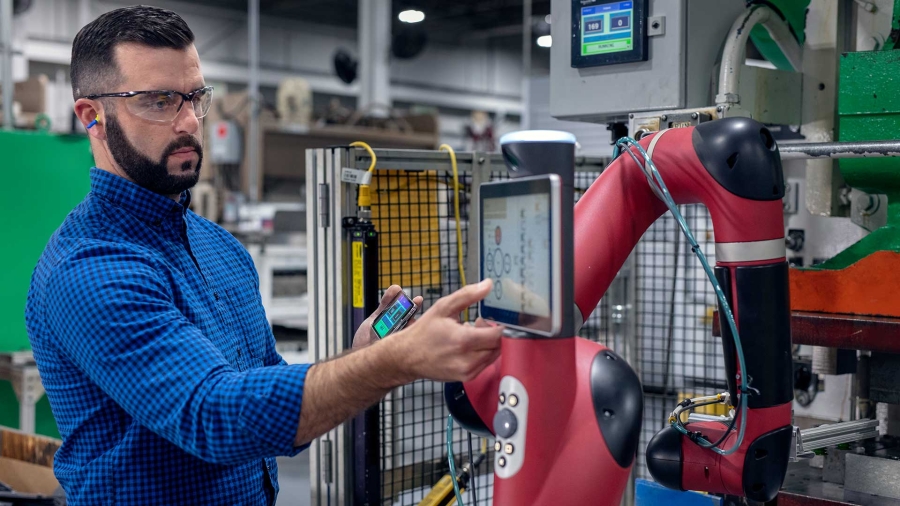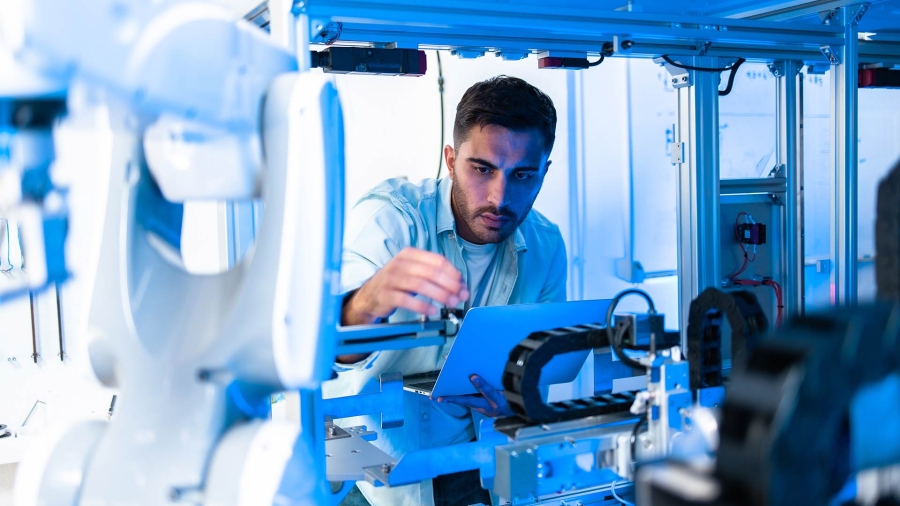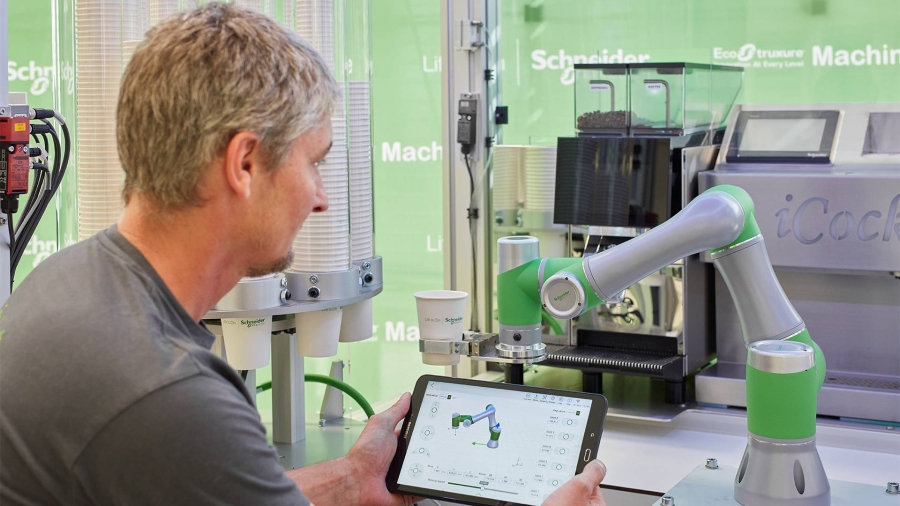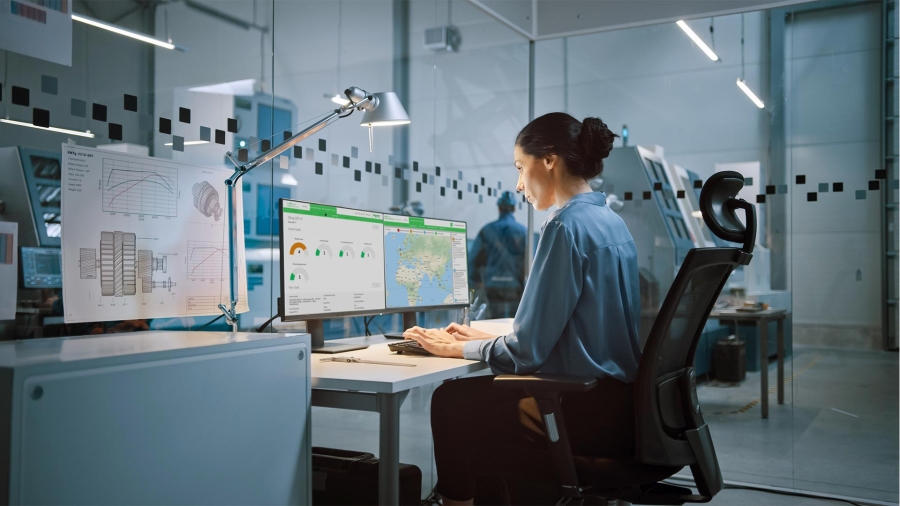The water industry has traditionally been slow to embrace change. As all was well and water kept flowing, there was limited incentive for change. Water companies have typically shied away from adopting new measures, digital technologies and changing operational tactics. After all, margins were historically thin, and water has been an undervalued resource. However, with increasing customer services demand, pressure to manage limited water resources and the push to have a more circular view of the water cycle, the adoption of new systems and technologies is no longer optional. It is now vital in the highly competitive and more regulated industry. Not only this, but the advantages that digital technologies can produce have become more obvious to all industries across the world especially after the pandemic, as the huge threat on the resilience of the complete water cycle system has become evident.
Utilities can be proud of the reliable services they have provided for over one hundred years, but not much has changed when it comes to their everyday operations. It is vital that utilities innovate and transform their businesses to improve efficiency and sustainability across the sector. Emerging digital technologies will play a fundamental role in this, and utilities must embrace the opportunities presented to them to become more agile and technologically enabled in this day and age where hiring will not go the way of the boomers before them.
The industry needs to become more digital and connected. This will improve resiliency, productivity and, in turn, sustainability. The adoption of digital technologies will not only help the overall business but also tackle the changes happening in water cycle management. With digitization, the industry will have the ability to anticipate and respond to everyday demands and emergencies faster, delivering a higher return on investment (ROI) over the long term and the capability to prevent and cope with environmental impacts. In fact, the ROI window on adopting digital technologies in water can be as short as two years.
The proof is in the pudding
Digital technologies such as the Industrial Internet of Things (IIoT), data analytics and AI enable the water industry to analyze, automate, predict and minimize the risks that are continuously present across the sector. It enables the industry to address ongoing challenges with scenario-based simulations, which can improve overall water quality, reliability of supply and can increase revenue through operational efficiencies and regulatory compliance for higher sustainability.
In fact, recent studies have highlighted that digital technologies have delivered around €300 billion in capital and operating expenditure savings to the global water industry in 2016-2020, targeting water segments such as water treatment, distribution, wastewater collection, and treatment, customer management and metering of drinking water.
Beyond water, DIGITALEUROPE has also produced over 35 examples across many areas, from education to healthcare, SMEs, municipalities, transport and others, where digital technologies will deliver reductions in waste, energy consumption and greenhouse gas emissions while boosting growth and jobs. This helps to explain why unified water operating centre investments generate ROI in 1-1.5 years’ time, even for large multi-site water utilities.
Reinventing sustainability in the industry
We know that today, consumers have higher expectations when it comes to the quality of the water we drink or the way we manage water usage as a society. Therefore, utilities are seen as increasingly important players in the sustainability and net zero equation. It is vital that they modernize to cater to changing market expectations and adapt to increasing pressures on water resource conservation, to deliver a smarter and more sustainable service through digital solutions, including enhanced monitoring and analytics.
The emergence of new water technology has brought about a new age where performance of water services must be seen through the lenses of both sustainability and efficiency. Digitization can make this co-existence work. It can, too, spur the growth of water management business opportunities for the local value chain. Reinventing sustainability in the management of the water cycle involves optimizing its energy efficiency, encouraging decarbonization. The implementation of microgrids at desalination or water treatment plants makes it possible to have alternative, renewable energy sources, and to manage them in an optimal way to increase the autonomy and energy sustainability of the plants.
Increasing circularity by managing resource scarcity, pollutants and re-use across consumer, industrial and agricultural use of the water, will be vital to responding to the core concerns of the community in which it operates. Likewise, reducing water losses, ensuring its quality and optimizing the use of hydraulic and treatment infrastructure is essential to sustaining an efficient use of the resource throughout the entire hydrological cycle.
Overcoming the obstacles to success
When it comes to change, there is always hesitation. For the water industry, it’s no different. The main barrier to the successful adoption of digital technologies is the mindset: the reluctance to digitize operations due to data sharing concerns and cybersecurity threats, as well as adoption by operators. The first two shouldn’t be underestimated. In fact, the risk of cyber-attacks is only increasing. As the industry was not designed with security in mind, it makes organisations vulnerable to increasingly sophisticated attacks, that can prove detrimental in the long term, unless they mount best-in-class digital defenses in partnership with trusted industry players. It is vital that considerations are made when implementing cybersecure technologies, processes and training to ensure success but also to provide peace of mind. Adoption is not to be underestimated. With the inevitable workforce change of operators in the water industry, it is imperative to digitize the industry to attract the right people with a technology-based education.
In early February, cyber attackers made headlines when they hacked into the operating system of the municipal water treatment plant in Oldsmar, Florida, briefly elevating the levels of sodium hydroxide 100-fold. Luckily, a supervisor monitoring the system saw the levels being altered and changed them back without incident. Operators of water and wastewater treatment plants and networks need to acknowledge attacks like this as a sign of things to come and be prepared to develop a culture of cybersecurity within their organisations to avoid such incidents. Water and wastewater utilities are at a particular disadvantage with a plethora of distributed assets that need to be monitored and controlled. With the rapid transformation of technology, it’s imperative to assess how it can be useful for varied industries and how it can help in securing the system of water consumption and preservation.
The sustainable future is digital
The good news is that the future is digital, and is the only path to profitable, sustainable and safe operations, which is a win-win for the utilities themselves, as well as consumers, industry and the planet. Modern digital technologies help us understand, where the supply and demand is coming from, how much water is available at the source, where there could be hidden leaks and losses, and whether your water quality is compliant enough for the right usage be it consumer, industrial or agricultural. Only data, coupled with AI and analytics could help – managed by the increasingly digitally savvy and dependable workforce of the future.
Fully integrated, transverse and interoperable digital systems that break down the different silos to obtain the best data and predictive capabilities will transform the way companies in this field operate. Digital transformation isn’t limited to investment in technology. It is also an investment in people, customers and consumers alike, leading to an overall cultural change; organisations must be aware of it and be willing to embrace it.
With water companies investing in innovation and smart water solutions creating new job opportunities, the future looks much brighter. What’s more, with baby boomers retiring and the digital natives as the next generation of talent, utilities have no choice but digitize to attract future workers and retain customers developing a palette for clean premium water.
About the Author: Alain Dedieu is President of the Water and Wastewater segment within the Industrial Automation business at Schneider Electric. He leads the strategic growth vision of the water segment for increased sustainability, efficiency and resilience based on the deployment of EcoStuxure platform for Smart Water. Alain has been with Schneider Electric for over 30 years and has gained a rich experience in automation and digitization integration in the manufacturing industry, driving business and technology adoption globally.
This piece was first published in Water World on June 14, 2021














